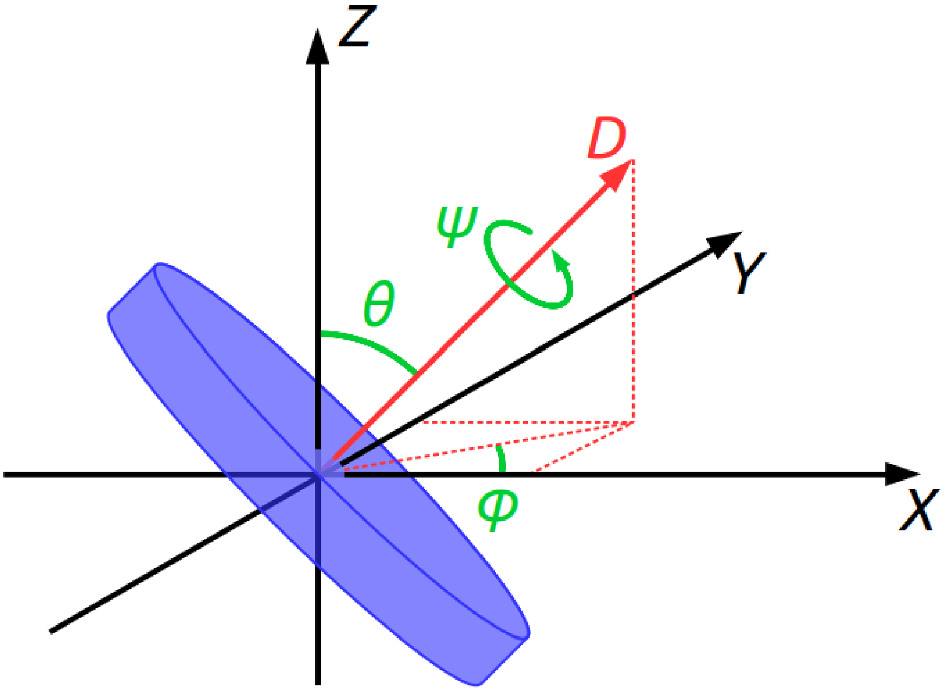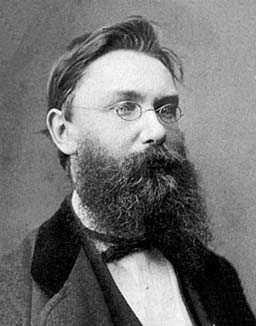News
EPJ Plus Focus Point on Advances in the physics and thermohydraulics of nuclear reactors
- Details
- Published on 13 October 2021

This focus point issue of European Physical Journal Plus (EPJ Plus) on Advances in the Physics and Thermohydraulics of Nuclear Reactors originated from a research project - project ”OCAPIE” supported by a grant from Compagnia di San Paolo, Turin - focusing on the possibilities offered by High Performance Computing to give new boosts in the solution of a problem that, even if well known since more than 70 years, still presents huge difficulties both from a conceptual and an application point of view.
As a result of such cooperative effort both from industries and academics, results are presented ranging from the more theoretic speculations to the more practical sides.
All articles are available here and are freely accessible until 5 December 2021. For further information read the Editorial
EPJ H Highlight - Black hole thermodynamics: a history from Penrose to Hawking
- Details
- Published on 05 October 2021

New research explores the historical context of Penrose’s theory of black hole energy extraction, and how it inspired collaborations across political boundaries: ultimately leading to Stephen Hawking’s celebrated theory of black hole radiation.
In 1969, English physicist Roger Penrose discovered a property which would later allow for a long-awaited link between thermodynamics, and the far stranger mechanics of black holes. Through new analysis published in EPJ H, Carla Rodrigues Almeida, based at the University of São Paulo, Brazil, sheds new light on Penrose’s motivations and methods, and explores their historical influence on the groundbreaking discovery of Hawking radiation.
EPJ Plus Focus Point on Modified Gravity Theories and Cosmology
- Details
- Published on 30 September 2021

This focus point issue of European Physical Journal Plus (EPJ Plus) aims to reflect the diversity of modified gravity theories and of their applications to the cosmological problem. The scope of the covered topics is enough broad, ranging from teleparallel gravity and gravitino problem in extended gravity up to traversable wormholes in f(R) gravity, from a model of lattice universe, up to addressing the Hubble tension within modified gravity. There are also papers dealing with modified gravity tests, namely, with Lense–Thirring precession, with observational constraints, including the black hole shadow, with the Solar system constraints to Brans–Dicke and Palatini f(R) theories, as well as with suggestions for high-precision gravitational redshift measurements as probes for gravity theories.
This collection also indicates that the modified gravity and cosmology are widely developing areas being in permanent contact with ongoing observational surveys and experimental programs.
All articles are available here and are freely accessible until 28th November 2021. For further information read the Editorial
EPJ Web of Conferences Highlight – HINPw6 2021: Nuclear Physics from Fundamentals to Applications
- Details
- Published on 17 September 2021

The 6th workshop of the Hellenic Institute of Nuclear Physics (HINP) took place as a special virtual event, co-organized by the National and Kapodistrian University of Athens and the University of Ioannina on 14-16 May 2021.
The nuclear physics laboratories of these institutions and of the Aristotle University of Thessaloniki are founding members of HINP, which is a virtual institute with non-profitable character.
EPJ Web of Conferences Highlight - CHEP2021: Computing in High Energy and Nuclear Physics
- Details
- Published on 27 August 2021

The 25th edition of the Computing in High Energy and Nuclear Physics (CHEP) conference took place as a special virtual event, organised by CERN, from 17th to 21st May 2021.
The CHEP conference series has run for more than 3 decades and brings together physicists, software engineers and computing experts from major experiments, laboratories and facilities.
EPJ B - New Editorial Board Member appointments
- Details
- Published on 12 August 2021
The Publishers and Editors-in-Chief of EPJB: Condensed Matter and Complex Systems are delighted to announce the appointment of three new members of the Editorial Board: Prof Veronica Barone of Central Michigan University, Mount Pleasant, USA; Prof Sanghamitra Neogiof the University of Colorado, Boulder, USA; and Dr Philipp Hövel (starting September 1st), of the School of Mathematical Sciences, University College Cork, Ireland.
EPJ D Highlight - Understanding the ionisation of proton-impacted helium
- Details
- Published on 06 August 2021

Advanced mathematical analysis of the ionisation of a helium atom by an impacting proton has revealed where discrepancies arise between experiments and existing theoretical calculations of the process
When an atom is impacted by a fast-moving proton, one of its orbiting electrons may be knocked away, leaving behind a positively-charged ion. To understand this process, it is important for researchers to investigate distributions in the angles at which electrons travel when knocked away. In a new study published in EPJ D, M. Purkait and colleagues at Ramakrishna Mission Residential College in India have clearly identified particular areas where discrepancies arise between the angular distributions measured in theories and experiments.
EPJ D Highlight - Uncovering fragmentation differences in chiral biomolecules
- Details
- Published on 05 August 2021

By combining mass spectroscopy with further analytical and simulation techniques, researchers have revealed key differences in the fragmentation of dipeptide biomolecules with different chiral structures
‘Chirality’ describes the difference in structure between two molecules that are, or are close to being mirror images of each other. Although their chemical formulae are identical, these molecules have slightly different properties, making it useful for chemists to distinguish between them. The technique of ‘mass spectroscopy’ can provide detailed information about their complex molecular structures, but it is also blind to any differences between their chiral structures. In new research published in EPJ D, a team led by Anne Zehnacker at Paris-Saclay University combine mass spectroscopy with a range of other simulation and analytical techniques, allowing them to distinguish between two chiral forms of a dipeptide biomolecule.
EPJ Plus Highlight - Beer mats make bad frisbees and why it matters
- Details
- Published on 05 August 2021

Whilst modelling the forces acting upon a thrown beer mat, physicists discover why flat discs have such poor flight potential.
The question ‘Why do beer mats make bad frisbees?’ may initially seem like something of an odd inquiry to spark research. Yet, by considering the physical properties of such a common everyday item, physicists can create models that also describe the behaviours of a wide range of objects. In a new paper published in EPJ Plus, Johann Ostmeyer, the University of Bonn, Germany, and his co-authors look at the dynamics that give beer mats poor fight potential.
EPJ H Highlight - Revisiting Clebsch’s early papers
- Details
- Published on 03 August 2021

New analysis of two recently translated papers, first published in the 1850s, assesses the early methods used by Alfred Clebsch to describe the flow of incompressible fluids, and explores their impact on active areas of cutting-edge research
Alfred Clebsch is widely considered to be one of the fathers of algebraic geometry. Born in Prussia in 1833, he completed his PhD at just 21, and went on to publish two important papers soon afterwards, in 1857 and 1859. In these studies, he introduced mathematical constructs that are now called ‘Clebsch variables,’ which describe the velocity field of a fluid, and which are widely cited. Now, a team of researchers in France, Germany, the US and Brazil present the first English translations of Clebsch’s two early papers after more than 160 years. In an accompanying study published in EPJ H, important new explanations are provided for the difficult language of the papers.




